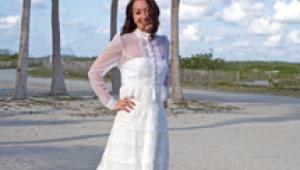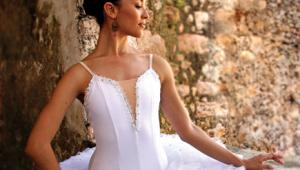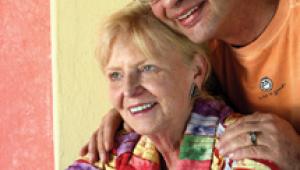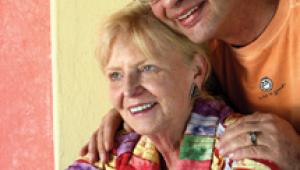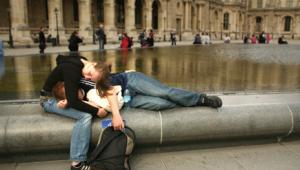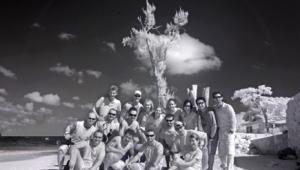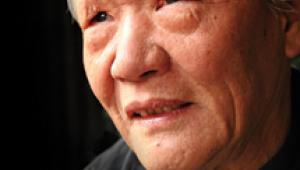Master Class
The Stuff Dreams Are Made Of
Simple Lighting And A Personal Vision
For many years I've
had the philosophy that I don't want to photograph life as it is;
I would rather photograph it as I would like it to be. My thoughts continue
in that direction, especially in a day and age where many photographers
are seeking a "hands-off" style of shooting. My feeling is
that people are not objecting to posing for controlled photography--they
simply don't want to look posed. |
||||
Keeping It Simple |
||||
Low Key Or High Key--The
Technique Is The Same |
||||
High Key Portraiture
Outdoors |
||||
Outdoors And Under
Cover! |
||||
Steady Does It! |
||||
|













